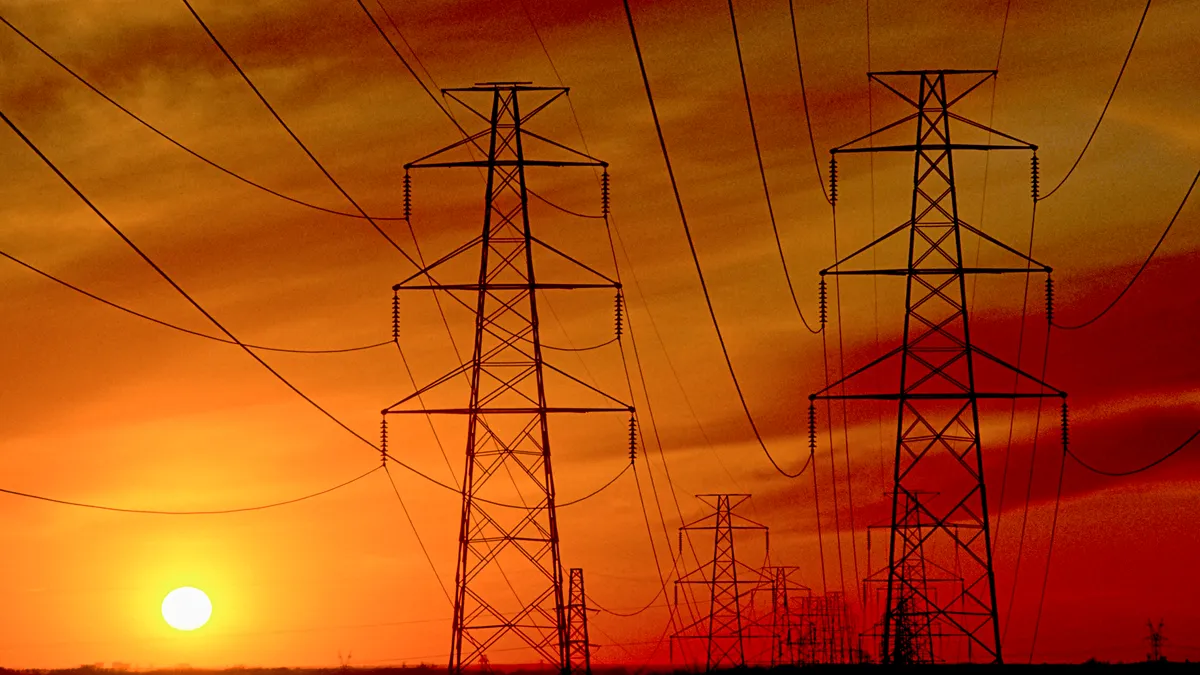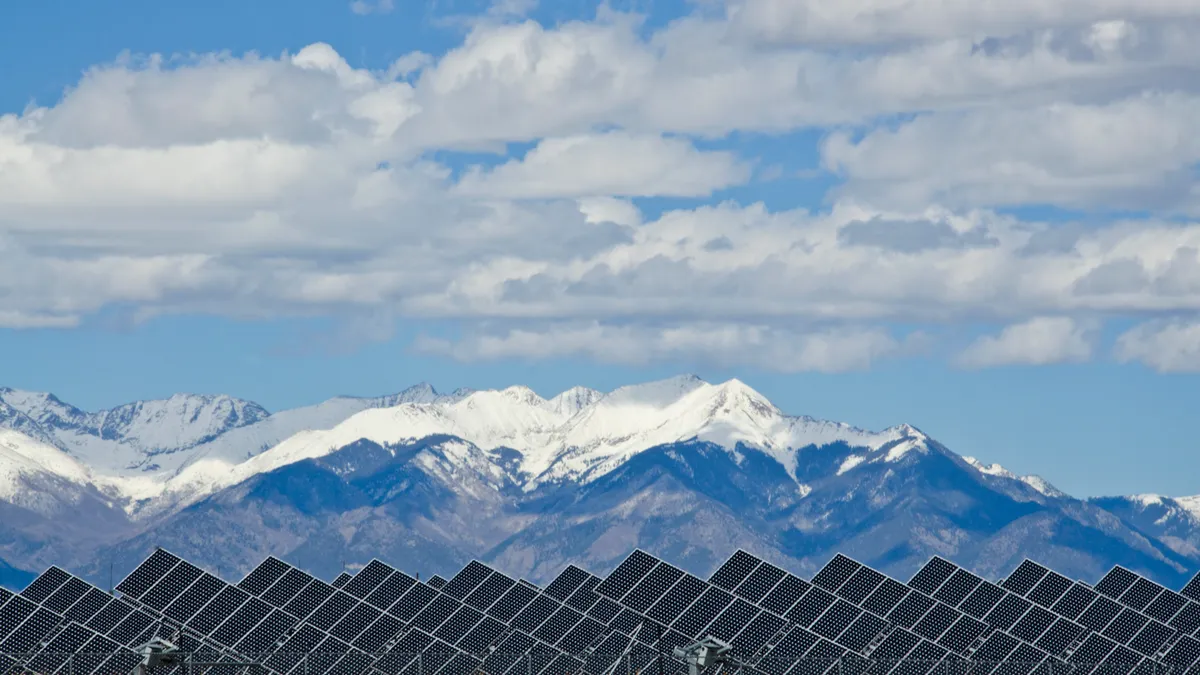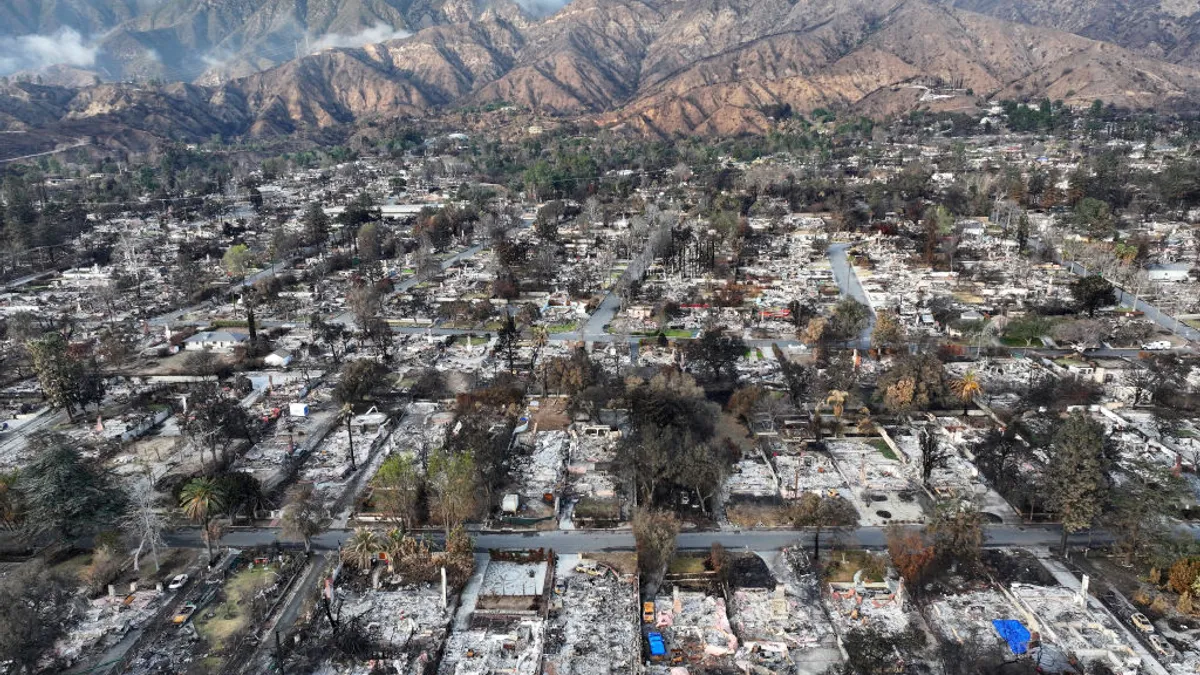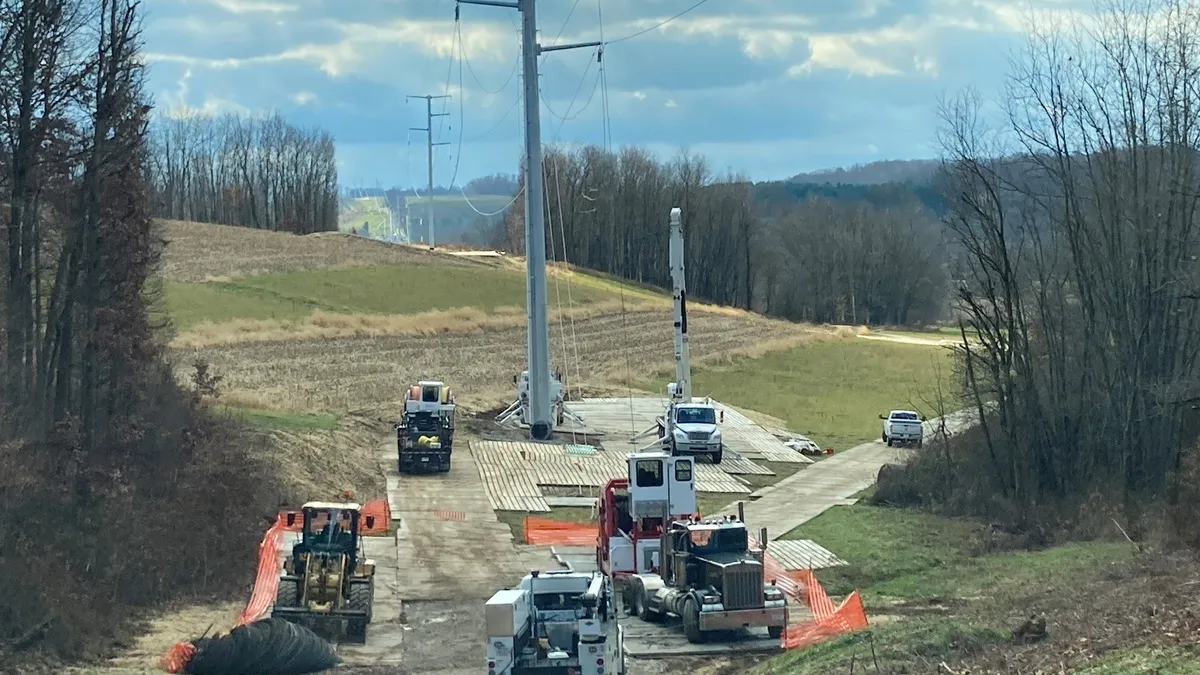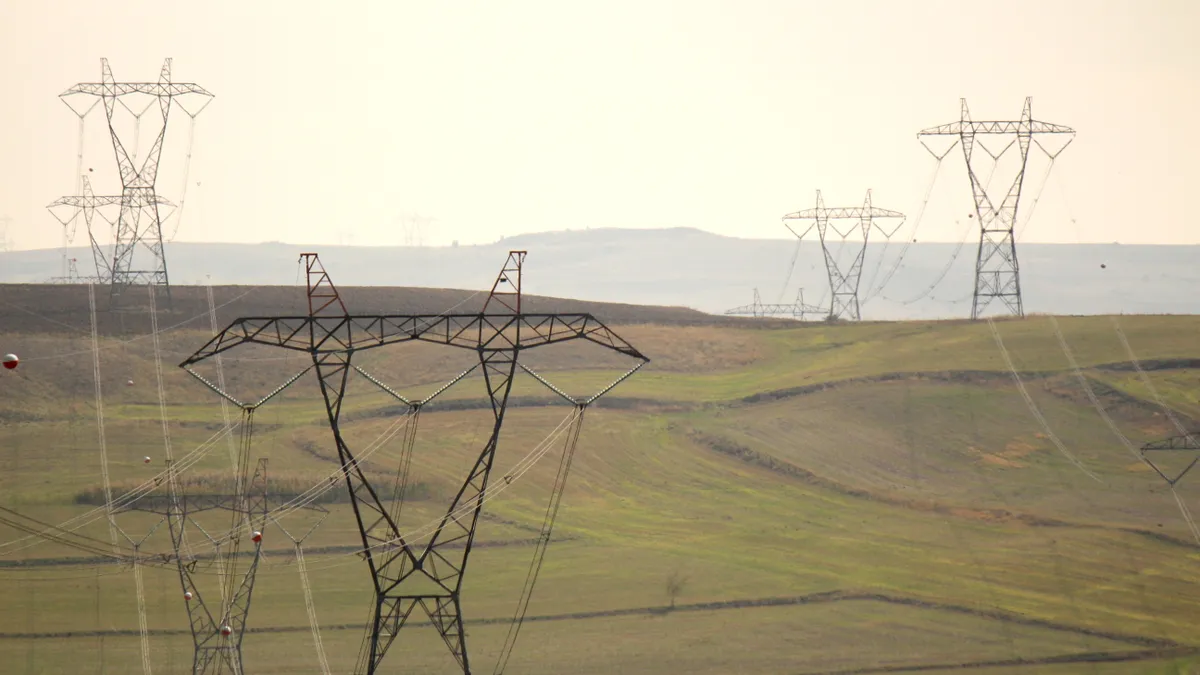James McCalley is a Distinguished Professor in the Department of Electrical and Computer Engineering at Iowa State University and previously worked as a Transmission Planning Engineer for Pacific Gas & Electric.
Secure, reliable, and low-cost energy provides the backbone of every successful nation’s economy. Congress recognizes this concept, citing it when recently passing a debt ceiling package that included expedited approval for the Mountain Valley Pipeline, an Appalachian natural gas project described as a “critical energy security project.” But lawmakers missed a key opportunity to bolster the development of interregional electric transmission lines, projects that also offer significant security and international competitiveness benefits.
Crucial transmission provisions were on the table during negotiations but were ultimately scrapped from the final deal. Meanwhile, other nations continue to move ahead building long-distance lines to ensure reliability and access to their lowest-cost clean resources, as my colleague and I found in a 2020 study.
At the time of the report’s publication, China had planned or recently completed over 80 times more high-voltage transmission interconnections from 2014 to 2021 than the U.S., which had developed a mere 3 GW over that period. On interregional transmission development: the U.S. is the tortoise; China is the hare.
And it’s not just China. European countries are also building interregional transmission lines or multiregional transmission (macro grids) to take advantage of six key benefits: reduced costs; economic development; improved reliability; enhanced resilience and adaptability; greater renewable energy deployment; and more affordable ways to reduce emissions.
Successfully developing these lines requires consensus, an available funding approach, and public support. China has all three and, as a result, has built or is building nearly three times more interregional transmission capacity than the rest of the world combined.
In 2022, China’s state-owned electric utility announced plans to invest $22 billion in the latter half of the year into ultra-high-voltage transmission lines to connect renewables in its western regions to major demand centers. Additionally, Terna – an independent transmission system operator, or TSO, in Italy – recently said it intends to invest $11 billion to modernize its existing transmission backbone in addition to constructing new 500 kV underwater connections.
Likewise, TSO Amprion will invest $24 billion to expand Germany’s grid with land-based high voltage direct current transmission and four offshore grid connection systems, while Scottish and Southern Energy Networks Transmission will invest $12.5 billion in new transmission interconnecting Scotland and England.
But the U.S. has failed to enact policies that will support similarly styled projects – and there has been little long-range transmission capacity added in recent years as a result. America has world-class energy resources, particularly solar and wind, that can support an electrified vehicle fleet and our growing demand for data centers. Building wires to transport affordable, clean electricity will reduce power costs, keep the lights on in the face of increasingly frequent extreme weather events, and enable an energy and economic transition critical to helping the nation retain its status as a global powerhouse.
A failure to dramatically scale up interregional transmission capacity ensures the U.S. will fall further behind in the economic race with China and prevents us from tapping into the reliability benefits these lines have to offer.
The recently-approved TransWest Express transmission line connecting Wyoming wind generators to consumers in California is projected to pay nearly $900 million in property taxes over the initial project life and generate about $113.5 million in total sales and use tax revenue from the purchase and delivery of construction materials, substation equipment, and transmission towers. Similarly, the Grain Belt Express transmission line – which aims to connect clean generation in Kansas to consumers in both the Plains and Midwestern power pools – is expected to create 22,250 direct jobs and spur $10.7 billion in economic activity between construction and enabled generation across Kansas, Missouri and Illinois.
Stronger transmission ties between regions can also save consumers billions by avoiding the cost of building new generation and by reducing power losses during emergencies. In its recent draft National Transmission Needs Study, the U.S. Department of Energy found that increasing interregional transmission results in the greatest benefits, noting that most regions will have a “significant need” for new interregional transmission by 2040.
Part of that need pertains to reliability concerns. During Winter Storm Uri in February 2021, an additional 1GW of transmission ties between the Texas power grid and the Southeast could have kept the lights on in 200,000 Texas homes and saved consumers nearly $1 billion. And over the 2022 Christmas holiday, stronger interregional transmission ties would have saved some regions nearly $100 million and helped alleviate rolling outages instituted by some southern utilities during the winter storm.
Crucially, transmission is not a partisan issue – lines do not discriminate between generation sources. Wires transport electrons generated by both fossil fuel plants and renewable energy resources, connecting consumers to low-cost power, no matter the weather. Several major oil and gas trade groups recently called on Senate committee leaders to address transmission issues to “fully fulfill the objectives of Congress’ investment in large-scale energy infrastructure projects.”
The U.S. prides itself on energy dominance. In recent years, lawmakers have emphasized the need to support domestic energy manufacturing, critical minerals development, and fuel production to ensure the nation remains globally competitive, especially with adversaries like China.
But the country has not assigned the same level of concern to interregional transmission development and has fallen far behind much of the developed world as a result. In the transmission race, faster may not always be better – but a lack of action won’t get us to the finish line. The U.S. can make up ground with smart policies that reduce red tape for these critical grid projects, require regions to collaborate on their development, and establish a process to fairly allocate their costs.
21st century energy leadership requires a 21st century grid. It’s time for the tortoise to enact policies that will hasten the development of interregional lines in a way that respects both our democratic principles as well as our ability to pull together to achieve any task when challenged. It’s time for America’s comeback.


